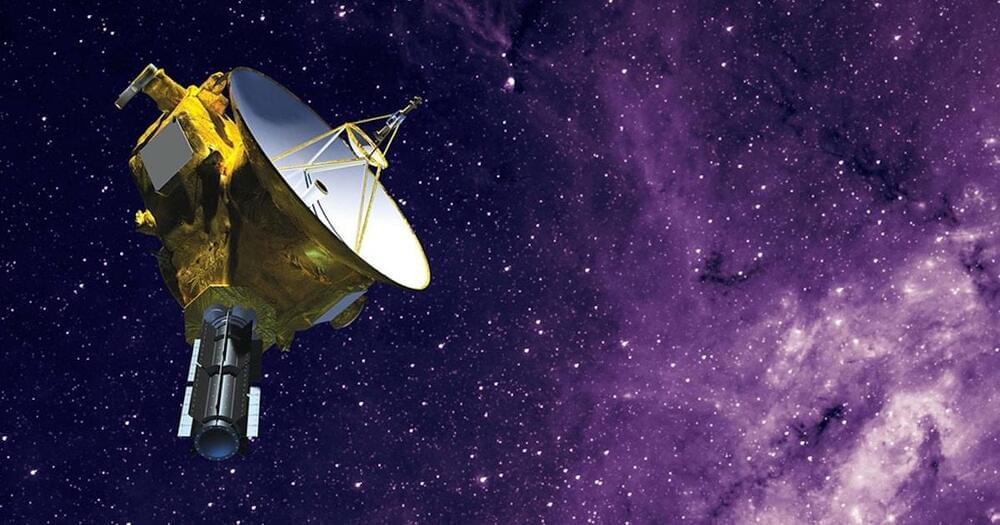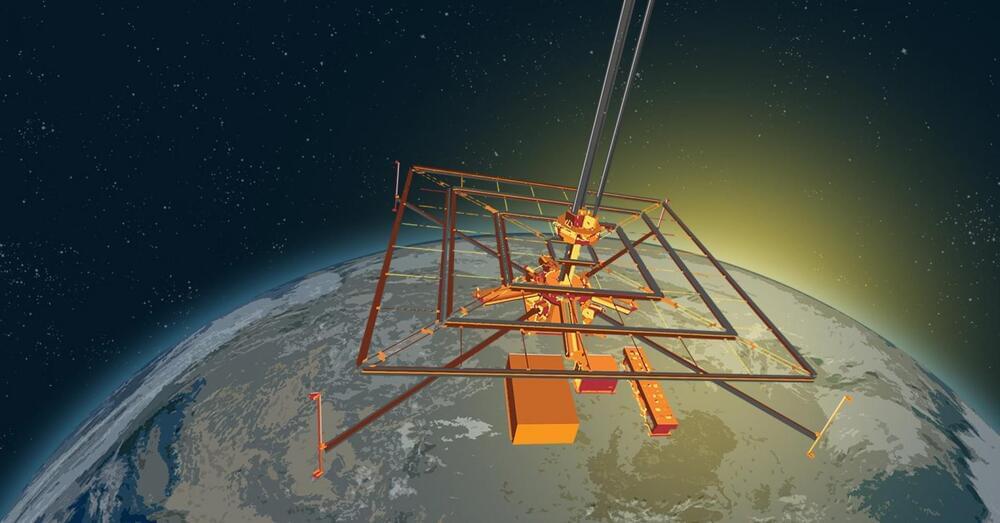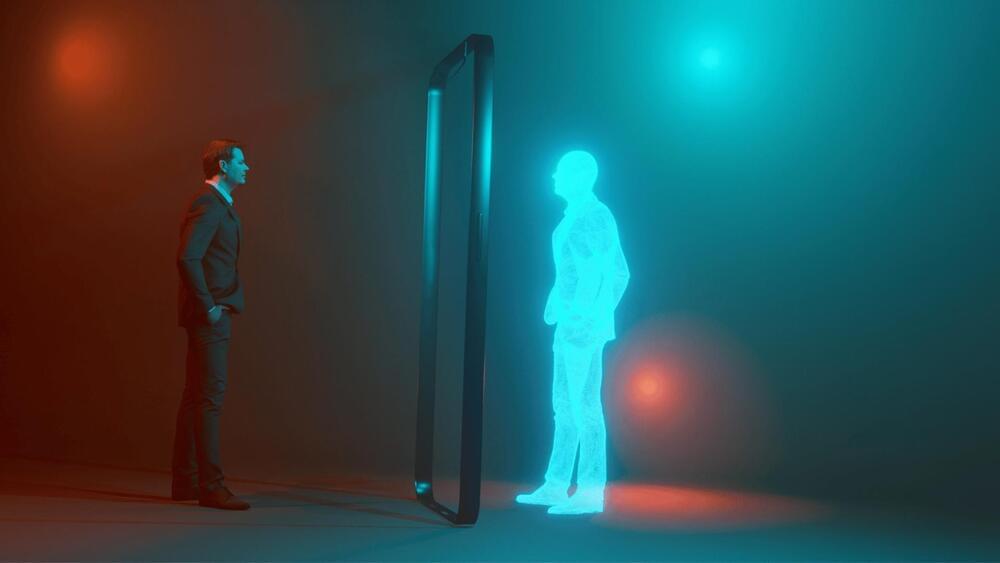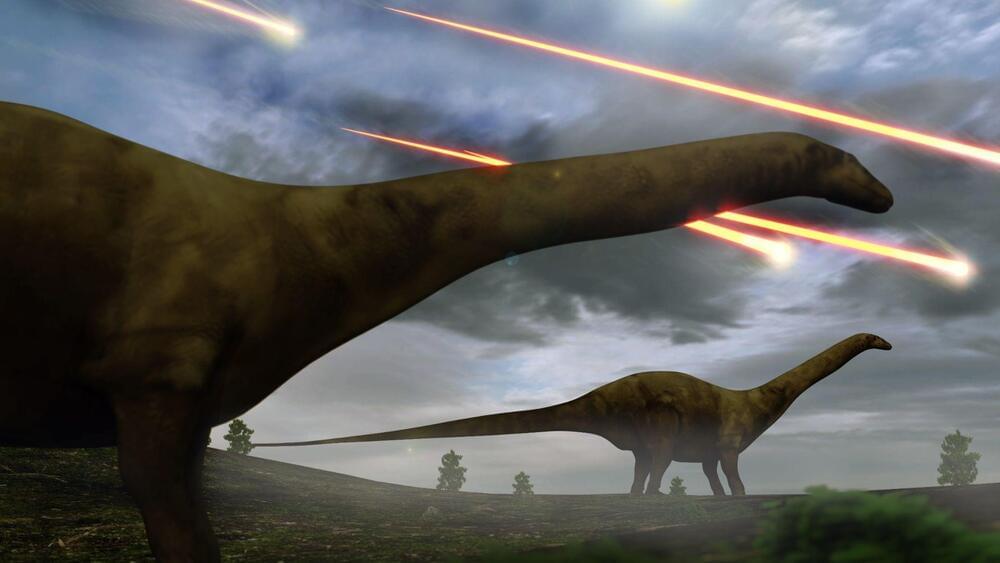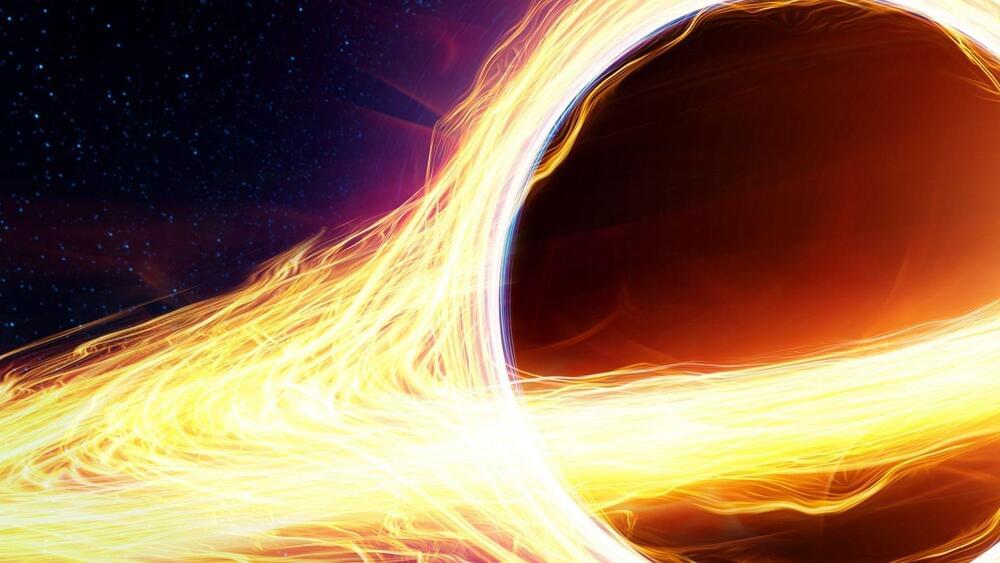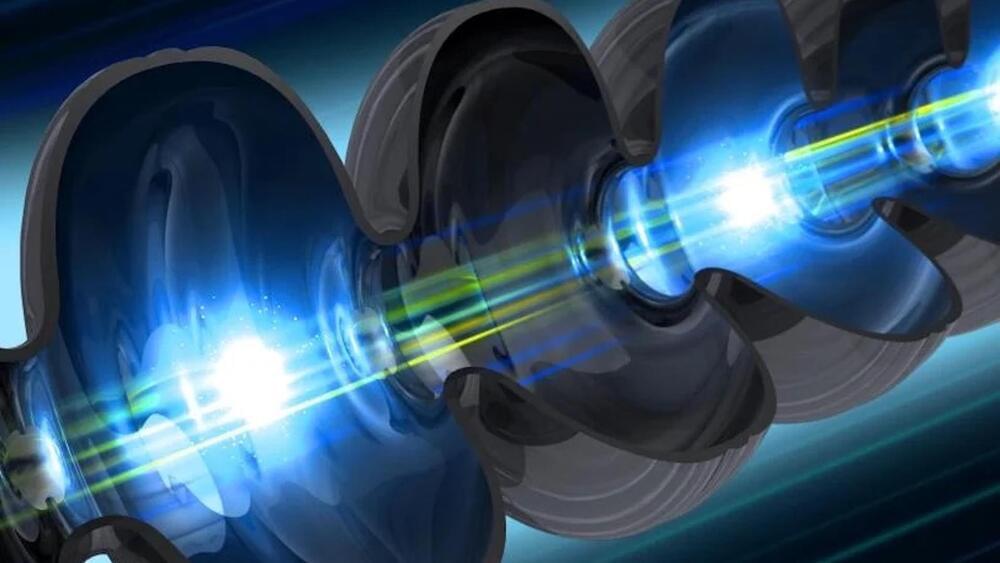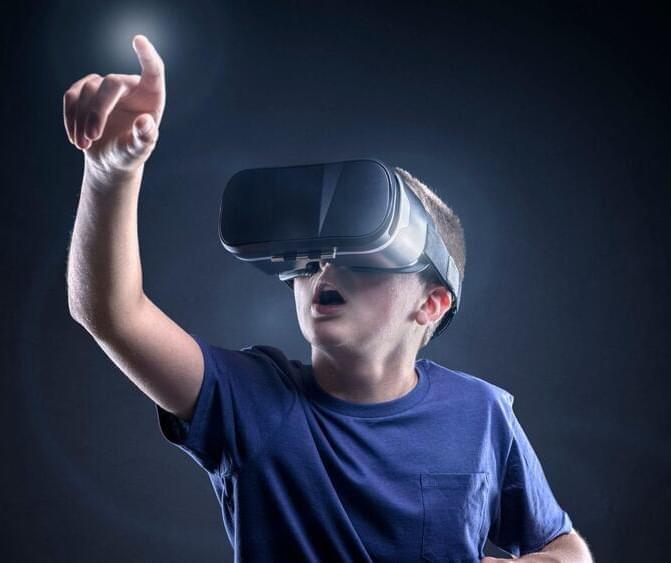Jan 3, 2023
How bright is the Universe? NASA’s Pluto probe shines a light on the long-standing enigma
Posted by Atanas Atanasov in category: space
Now that it is passing through the Kuiper Belt, away from the light pollution of the inner Solar System, it has another lucrative mission: measuring the brightness of the Universe. These measurements will allow astronomers to make more accurate estimates of how many galaxies there are, which is still the subject of debate. According to new measures by New Horizons, the light coming from stars beyond the Milky Way is two to three times brighter than the light from known populations of galaxies — meaning that there are even more out there than we thought!
What’s new — The study was led by a team from the Center for Detectors (CfD), an academic research group at the Rochester Institute of Technology (RIT). They were joined by researchers from NASA’s Jet Propulsion Laboratory, the Space Exploration Sector (SES) at the Johns Hopkins University Applied Physics Laboratory (JHUAPL), the University of California Irvine, and the Space Sciences Laboratory (SSL) at UC Berkeley. The paper that describes their findings recently appeared online and has been accepted for publication in The Astrophysical Journal.
